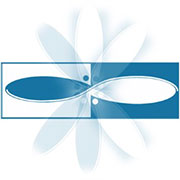 |
Rachel Toomim |
 |
Advanced Acupuncture and Advanced Acu-Energetics
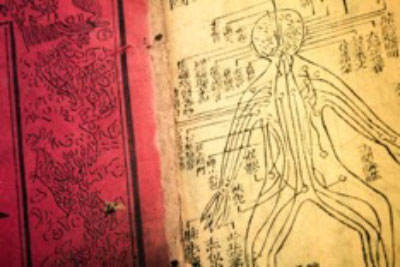
Acupuncture is the most well-known and powerful aspect of the comprehensive system of healthcare known as Traditional East Asian Medicine. This system was fully developed and documented by the ancient Chinese scholars between 3000 and 5000 years ago. East Asian Medicine also includes Dietary Theory, Herbal Medicine, Physical Manipulation (working with the muscles and tissues), Therapeutic Exercise and other methods.
East Asian Medicine evaluates the body from a systemic and energetic paradigm. Any disease state, emotional imbalance or injury is viewed within this medical paradigm as a type of disharmony of the vital energy known as "Qi" (pronounced "chee").
In this medical approach, a healthy person has a proper balance of energy between all the systems of the body. The emotions, mental faculties and physical functions work in harmony and the spirit is energized and balanced. From this perspective, the physical functions and mental/emotional/spiritual wellness are all integrated and treated as a whole system. Each of these are just different densities of energy - a view of the physical world that is shared by modern physics. With complete balance, all these aspects are in harmony, and we are able to have comprehensive wellness. This is achieved via one or more of the modalities included in the East Asian Medical model.
Acupuncture

In looking at a diagram of acupuncture channels and points, we see various lines flowing throughout the body, with dots indicated along these lines. The lines depict the major flows of Qi/energy through the body. Each of these lines either begins at an extremity (hands or feet) and follows a path that ends up at an internal organ. Or the path may begin at an internal organ and flow out to an extremity (hands or feet). The pathway and its connection to an internal organ are extremely important. These pathways often explain how seemingly unconnected symptoms and health issues are related to common causes, and indicate that there are systemic concerns, rather than separate health issues.
Example: An individual may suffer with some kind of unexplained elbow or shoulder pain, or a limited range of motion in those areas. Without a specific injury to those areas, the patient may be told by their doctors that they have bursitis or some other general inflammation. There may also be a condition such as irritable bowel disease or some other kind of digestive difficulty as part of the person's overall symptoms. The pathways relating to the Small and Large Intestine flow past the elbow and shoulder on the way to their connection with those internal organs. It is common for a disharmony or disease state within these internal organ systems to include inflammation and other symptoms along the related pathway. It may seem as if the arm pain and the digestive problem are two completely separate issues, but in East Asian Medicine, these conditions are likely to be related. Treating one will involve treating the other.
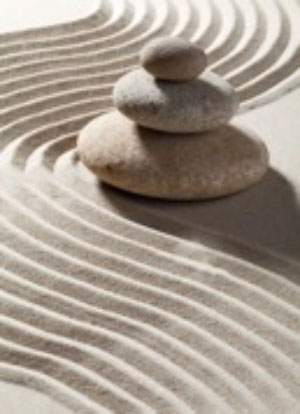
Understanding the various connections within the energetic systems of the body allows for a deeper and more systemic view of health and disease. It also allows for a more fully integrated approach to regaining health and wellness.
Acupuncture works by connecting with the energetic pathways within the body and supporting a restoration of full function. Imagine that we are plugging into the body's' energetic circuit board. The intention may be to open all circuits and to make sure that the energy is flowing throughout the body. Or, the emphasis may be focused on a certain system within the body, in order to concentrate the body's resources on restoring function to an ailing area.
The term "Balance" as we use it, is not just a concept or idea. Acupuncture brings actual physical systems into balance. In fact, the same points are sometimes used for opposite results. One point may be used for high blood pressure or low blood pressure; diarrhea or constipation. Acupuncture helps the body to release excess energy or strengthen deficient energy. It can open blocked flows of energy or reroute energy that has gotten "off track". Our bodies inherently have amazing abilities for healing. Acupuncture can focus those abilities to support the body when it has become out of balance or when the energies have been affected by the environment, life stresses, poor diet, disease factors, injury or even chemical, emotional or physical trauma.
East Asian Dietary Therapy
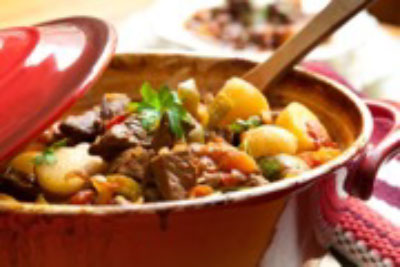
In East Asian Medicine all foods are considered according to their basic energy and qualities. Foods are hot, warm, neutral, cooling, or cold. It can be easy to figure out the energy of a food by thinking about how you feel when you eat it. Watermelon is cooling. Cucumbers are cooling. Cayenne pepper is hot. These are fairly obvious. There are other distinctions that involve a more complex understanding.
In East Asian Medicine there are no "bad" foods. There are only foods that are appropriate or inappropriate depending on the current state of your health. Some foods will help build your blood and nourish your Qi. Other foods will be depleting or may irritate your current condition.
Herbal Medicine
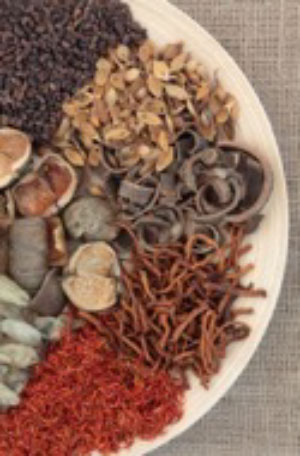
East Asian Medicine has over 20,000+ different herbs, minerals and other ingredients used to enhance treatment and increase your body's ability to restore balance. These herbs are often combined into over 60,000+ different formulas. Herbal formulas are quite complex. There are usually one or more chief herbs in the formula, which offer support for any given condition. Then supporting herbs are added to aid the chief herbs and to balance the formula. This ensures that there are few or no side-effects when taking a formula. The complex process of diagnosis and pattern discernment is crucial for understanding and proper prescribing of herbal medicines.
Physical Manipulation
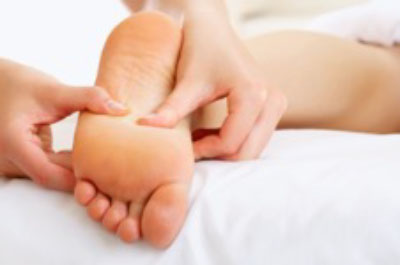
There are many types of physical treatments incorporated in the traditions of East Asian Medicine. Everything from massage to bone-setting are included in this complete medical model. For example, consider this description of Tui Na, a form of Chinese massage:
Tui Na: "The practitioner may brush, knead, roll/press, and rub the areas between each of the joints, known as the eight gates, to attempt to open the body's defensive (Wei) qi and get the energy moving in the meridians and the muscles. The practitioner can then use range of motion, traction, and massage, with the stimulation of acupressure [to the acupuncture] points. These techniques are claimed to aid in the treatment of both acute and chronic musculoskeletal conditions, as well as many non-musculoskeletal conditions." (Wikipedia)
Therapeutic Exercise
East Asian Medicine practitioners often employ such practices as T'ai chi ch'uan and Qi Gong within treatment plans to enhance the patient's energy and well-being.

According to Wikipedia:
"Researchers have found that intensive t'ai chi ch'uan practice shows some favorable effects on the promotion of balance control, flexibility, cardiovascular fitness, and has shown to reduce the risk of falls in both healthy elderly patients, and those recovering from chronic stroke, heart failure, high blood pressure, heart attacks, multiple sclerosis, Parkinson's Disease, Alzheimer's and fibromyalgia. T'ai chi ch'uan's gentle, low impact movements burn more calories than surfing and nearly as many as downhill skiing."
The citation regarding Qigong, chi kung, or chi gungnotes that it "is a practice of aligning breath, movement, and awareness for exercise, healing, and meditation. With roots in Chinese medicine, martial arts, and philosophy, qigong is traditionally viewed as a practice to cultivate and balance qi (chi) or what has been translated as "intrinsic life energy". Typically, a qigong practice involves rhythmic breathing coordinated with slow stylized repetition of fluid movement, a calm mindful state, and visualization of guiding qi through the body. Qigong is now practiced throughout Asia and worldwide, and is considered by some to be exercise, and by others to be a type of alternative medicine or meditative practice. From a philosophical perspective qigong is believed to help develop human potential, allow access to higher realms of awareness, and awaken one's 'true nature'."
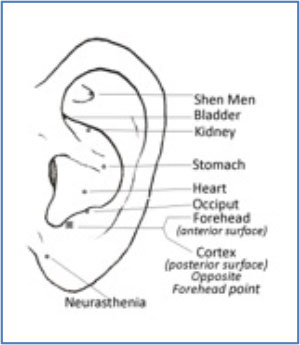
Auricular acupuncture
The ear is one of the most widely used microsystems of acupuncture. The entire body is mapped out on the ear's surface in great detail. An example of several point locations can be viewed on this chart. Observation and palpation of areas of the ear are useful for diagnosis and provide powerful and effective treatment.
Moxibustion
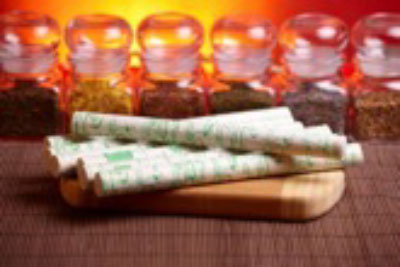
Moxibustion involves the warming acupuncture points or specific body areas with smoldering mugwort herb (commonly known as moxa). Moxibustion stimulates circulation and strengthens body function. It promotes the smooth flow of blood and qi. To avoid the smoky environment created by burning the moxa, an herbal mugwort patch or the synthesized oil of mugwort may be used.
Cupping

Cupping is an ancient technique, used in many cultures, in which a special cup is applied to the skin and held in place by suction. The suction draws superficial tissue into the cup, and the cup may either be left in place or moved along the body. Cupping brings fresh blood to the area and helps improve circulation. Traditional cupping sometimes referred to as "fire cupping," uses heat to create a vacuum-like suction inside of glass cups. In modern times, cups made of rubber or silicon were developed to achieve the same effect.
Gua Sha
Gua Sha is a technique in East Asian medicine often used to treat muscle tension and pain. It helps relieve stagnation of Qi and blood in the body. Using a smooth-edged tool, the skin is rubbed with a stroking motion. If there is stagnation present, there will be red or dark marks on the surface of the skin. Gua Sha can be helpful for releasing scar tissue and increasing joint range of motion. It may also be used to support the immune system and release stagnation in the respiratory system.

Research has shown Gua Sha to be effective in treating back, neck and shoulder pain, shortening recovery time for weightlifters and reducing some symptoms of menopause.
Other practitioner specializations have "invented" techniques that are basically Gua Sha with new names and patented instruments. These techniques and instruments are no different and offer no superior results. Examples of these copycat techniques: Instrument assisted soft tissue mobilization (IASTM) and Graston technique.
Acu-Energetics
Advanced Acu-Energetics, a process created by Dr. Rachel Toomim, employs the extensive and detailed understandings of the internal energy pathways that flow throughout the body, along with the expanded levels of the internal and external energy body. These include chakras and the intertwined and extended outer layers of the body's energy fields. This knowledge, in combination with numerous energy clearing techniques, provides an avenue for healing and releasing from a "big picture" perspective. Physical illnesses and challenging life patterns are sometimes related to emotional wounding that occurred in the past. Earlier emotional and/or physical "scars" interfere with the ability to be fully vibrant and engaged in life in the most positive and fulfilling ways.

Advanced Acu-Energetics is for those who are truly interested in engaging in a healing process at the most profound level. It is a process that is non-intrusive, non-confrontational and does not require slogging through old painful memories. It offers the opportunity for a healthier and more fulfilling experience of life - from the inside out, and at all levels of being. Advanced Acu-Energetics provides deep and rapid relief.